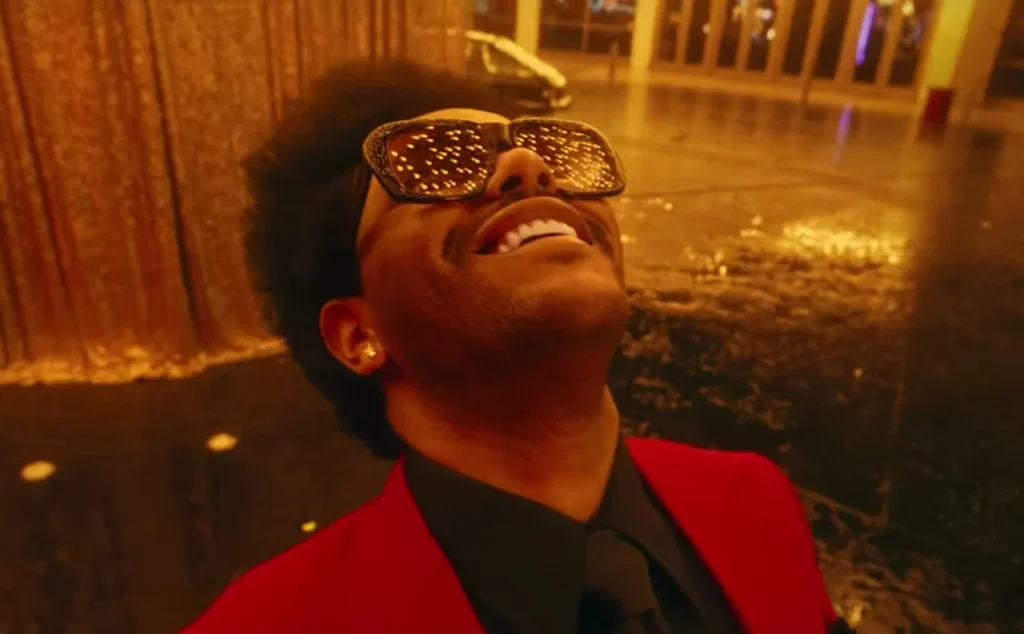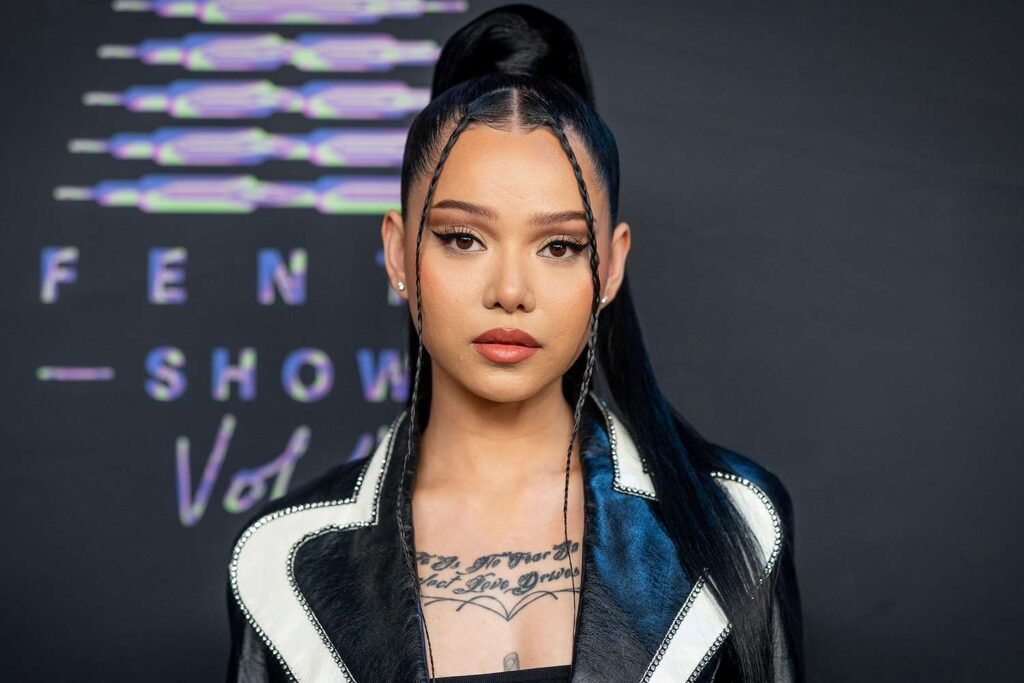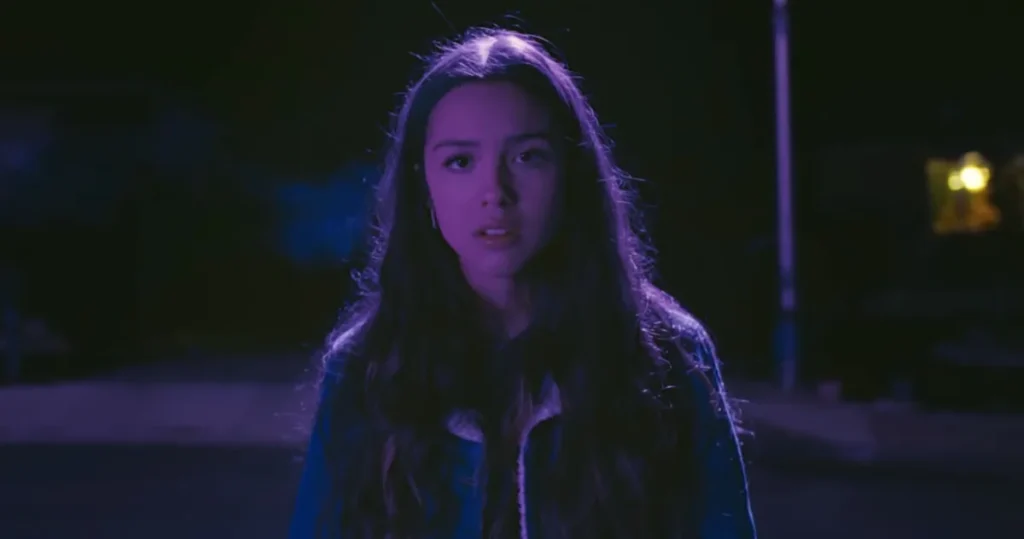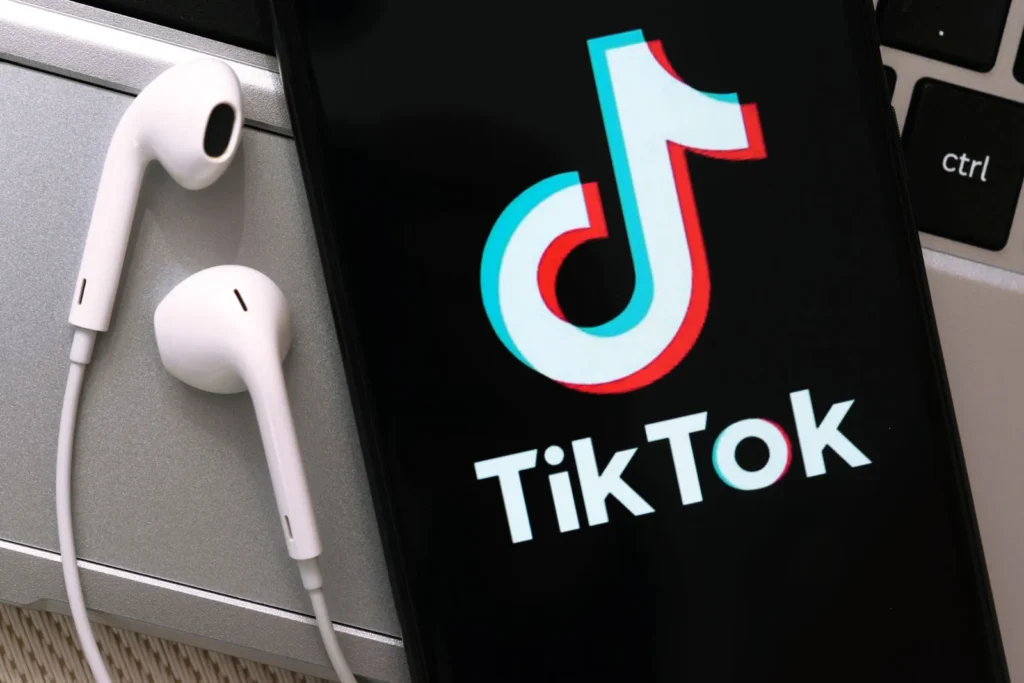In the evolving digital landscape, few platforms have reshaped cultural dialogues as profoundly as TikTok. Emerging as more than just a social media phenomenon, TikTok has burgeoned into a pivotal arena for music discovery and promotion, commanding the attention of millions worldwide. Its unique format, which prioritizes short, engaging video content, has not only altered how users consume media but also how they interact with and propagate music.
This seismic shift extends beyond mere exposure. The platform’s influence permeates the very foundation of the music industry, influencing how songs are structured, delivered, and ultimately, how they succeed commercially. TikTok has become a breeding ground for viral music hits, propelling unknown artists to mainstream success overnight and compelling seasoned industry players to recalibrate their strategies in the face of this new digital zeitgeist.
TikTok’s impact on the music industry is profound and multifaceted. It is not just changing the way music is shared among listeners; it is fundamentally altering the creative process behind music production, artist exposure, and the commercial strategies that drive the industry forward. In essence, TikTok is not just a platform where music happens to be played; it has become a critical element of the music industry’s ecosystem, shaping its future and redefining its boundaries.
The Rise of TikTok in Music Discovery

TikTok’s ascent as a fundamental player in the music industry is underscored by staggering user engagement statistics. With over a billion active users worldwide, the platform not only boasts a vast audience but also maintains an exceptionally high engagement rate, particularly among younger demographics. These users spend an average of 52 minutes per day on the app, frequently interacting with music-driven content. A significant portion of TikTok’s appeal lies in its ability to fuse music with user-generated content, creating a highly interactive and immersive experience. This engagement is not passive; users actively participate in music propagation through dance challenges, lip-syncs, and personalized content, often making music clips go viral far beyond the confines of the app itself.
The power of TikTok in launching musical careers and reviving older songs can be illustrated through several high-profile examples. Perhaps the most emblematic is the case of Lil Nas X’s “Old Town Road.” Originally released independently, the song gained explosive popularity on TikTok, leading to a record-breaking run at the top of the Billboard charts and a remix featuring Billy Ray Cyrus. The track’s catchy beat and memorable lyrics were perfect for short-form videos, showcasing TikTok’s ability to transform an unknown melody into a cultural phenomenon.
More recently, the platform has shown its might in bringing classic tracks back into the public eye. Kate Bush’s “Army Dreamers,” originally released in 1980, experienced a remarkable resurgence through TikTok, where its haunting melody and evocative lyrics resonated with a new generation of listeners. The song’s revival was part of a broader trend where vintage hits find new life and relevance, demonstrating TikTok’s unique role in bridging musical eras and tastes.
Impact on Music Production

TikTok’s preference for short, visually engaging clips is reshaping the landscape of music production in ways that are both subtle and significant. This shift towards brief, catchy content is not merely a stylistic choice but a strategic adaptation to the platform’s constraints and user behavior. Songs that thrive on TikTok often feature early hooks, dynamic beats, and memorable lyrics that can make an impact in just a few seconds. This adjustment in song structure is a direct response to the TikTok format, where the first few seconds of a video are crucial in capturing the viewer’s attention and engagement.
Short-form Content
The evolution towards shorter song formats can be attributed to the TikTok model, where the optimal video length ranges from 15 to 60 seconds. Consequently, artists and producers are increasingly focusing on crafting songs that deliver immediate emotional or rhythmic impact. The traditional pop song structure, with its gradual build to a chorus, is being reimagined. Today, it’s not uncommon for a song to introduce its hook right at the beginning to grab the listener’s attention quickly.
Case Studies
1. Doja Cat – “Say So” Doja Cat’s hit “Say So” exemplifies a song that was perfectly poised for TikTok success. Its catchy hook, “Why don’t you say so?”, appears early in the track, making it ideal for looping clips and dance challenges. The song’s structure, featuring a disco beat with a smooth, repetitive hook, helped it become a staple on TikTok, which in turn fueled its rise on music charts globally.
2. Megan Thee Stallion – “Savage” Similarly, Megan Thee Stallion’s “Savage” enjoyed viral success thanks to its TikTok-friendly elements. The song features a bold, catchy chorus that resonates well with short, high-energy dance routines popular on the platform. This track not only saw TikTok success but also climbed the Billboard charts as a result, demonstrating the tangible impact of TikTok exposure on traditional music success metrics.
3. The Weeknd – “Blinding Lights” Another striking example is The Weeknd’s “Blinding Lights,” which, despite its 80s synth-wave influence, fits perfectly into the TikTok mold with its instantly gripping beat and memorable dance-friendly chorus. The song’s structure, which emphasizes a rhythmic and melodic intensity early on, made it a favorite for choreographed dances, ensuring its longevity both on the app and in conventional music markets.
These examples highlight a broader trend where the architecture of music is increasingly designed with digital platforms in mind. Artists and producers are not only adapting to the technical limits and cultural nuances of TikTok but are also innovating in how music is crafted and delivered. This phenomenon underscores a pivotal shift in music production, influenced heavily by the digital spaces where music is most frequently consumed.
TikTok as a Launchpad for New Artists

TikTok has revolutionized the path to musical fame, functioning as a dynamic launchpad for emerging artists. Its viral mechanics and massive global reach offer unprecedented exposure, transforming unknown musicians into stars overnight. This section explores individual success stories facilitated by TikTok and examines the evolving response of the music industry to this new talent pipeline.
Emerging Talent
1. Bella Poarch – “Build a Bitch” Bella Poarch, who originally gained TikTok fame through her lip-syncing videos, leveraged her massive follower base to launch a music career. Her debut single “Build a Bitch” went viral, showcasing how TikTok fame can translate into a successful music career. Poarch’s transition from content creator to artist underscores TikTok’s role as a catalyst for discovering and nurturing new talent.
2. Tai Verdes – “Stuck in the Middle” Tai Verdes entered the music scene with his song “Stuck in the Middle”, which gained traction on TikTok with its catchy melody and relatable lyrics. His rise is a testament to how artists can use TikTok to test and refine their music based on real-time user engagement and feedback, effectively using the platform as a stepping stone to broader musical endeavors.
3. Claire Rosinkranz – “Backyard Boy” Similarly, teenager Claire Rosinkranz’s homemade song “Backyard Boy” became a sensation on TikTok, leading to a record deal and national acclaim. Her experience illustrates TikTok’s power to influence music trends and launch young artists into the spotlight with just a catchy tune and engaging content.
Industry Response
Recognizing TikTok’s role in shaping musical tastes and trends, music labels and producers are increasingly turning their attention to the platform to scout for new talent. The music industry, traditionally reliant on conventional A&R practices, now utilizes TikTok’s algorithmic trend-setting capabilities to find and sign promising artists. This shift is evidenced by several strategic moves:
1. Record Labels’ Strategic Partnerships Major labels have established partnerships with TikTok to streamline the process of identifying and signing emerging artists. These collaborations allow them to tap directly into a rich pool of global talent, democratizing music discovery in ways previously dominated by industry gatekeepers.
2. Development Deals Based on Viral Success Labels are also offering development deals to artists who demonstrate viral potential on TikTok, sometimes based on a single viral hit. These deals often include resources for artist development, marketing, and production, reflecting an investment in the artist’s broader potential, not just the viral song.
3. A&R Tactics A&R professionals now regularly mine TikTok data and trends to discover and track rising artists. The platform’s analytics provide insights into user engagement and song popularity, helping labels make informed decisions about which artists to invest in.
Through TikTok, the music industry is witnessing a transformative shift in how new artists are discovered, developed, and launched into the mainstream. This adaptation not only highlights the growing influence of social media on traditional business models but also reflects a broader cultural shift towards democratizing music production and consumption.
Changes in Music Marketing and Promotion

The meteoric rise of TikTok has catalyzed profound changes in music marketing and promotion strategies. Both record labels and independent artists are increasingly harnessing the platform’s vast reach and virality to boost their presence and performance in the music market. This section delves into the innovative marketing strategies enabled by TikTok and assesses the platform’s impact on chart performance and streaming statistics.
Marketing Strategies
1. Release of Snippets One of the most effective tactics employed on TikTok is the strategic release of song snippets before the full track is available. This approach teases the audience, builds anticipation, and creates buzz around new releases. Labels and artists often release these snippets alongside a visual or a challenge that encourages user interaction, such as a dance or a meme, which can rapidly amplify the song’s reach.
2. Leveraging Challenges and Hashtags Creating a branded challenge or promoting specific hashtags associated with a song encourages TikTok users to create their own content that features the music. This strategy not only engages users but also spreads the song organically across the platform. For example, the #InMyFeelingsChallenge dramatically boosted streams for Drake’s song “In My Feelings,” demonstrating how these tactics can lead to tangible results.
3. Collaborations with Influencers Record labels and artists frequently collaborate with TikTok influencers to create content based on their music. These influencers, who often have large and engaged followings, can significantly impact a song’s exposure and appeal. By tapping into the influencer’s audience, a song can reach a wider and sometimes more targeted listener base.
Impact on Chart Performance
The correlation between TikTok popularity and traditional music chart performance is increasingly evident. Songs that go viral on TikTok often see a notable surge in streaming numbers and digital downloads, translating into higher positions on the Billboard charts and other significant music rankings.
Statistical Correlation
- “Old Town Road” by Lil Nas X is one of the most striking examples, as it topped the Billboard Hot 100 chart for a record-breaking 19 weeks largely due to its viral success on TikTok.
- “Say So” by Doja Cat experienced a similar trajectory, reaching the top of Billboard Hot 100 following a viral dance challenge on TikTok that boosted its streams and sales.
- “drivers license” by Olivia Rodrigo debuted at number one on the Billboard Hot 100 and maintained the position for eight consecutive weeks, with its initial burst of popularity largely fueled by the extensive TikTok coverage.
These examples underscore how TikTok does not just influence minor fluctuations in music popularity; it can catalyze major shifts in chart performance and streaming statistics. Record labels and artists are increasingly aware of this dynamic, integrating TikTok into their core promotional strategies to harness its full potential in shaping music success.
Challenges and Criticisms

While TikTok has undeniably transformed the music industry landscape, bringing numerous opportunities for artists and labels, it also presents significant challenges and criticisms. Concerns regarding artistic authenticity and market saturation are at the forefront, highlighting potential drawbacks of the platform’s influence on music production and consumption.
Artistic Authenticity
Diminished Musical Depth The pressure to create music that is primed for viral success on TikTok can lead to concerns about the erosion of artistic depth. Songs may be crafted to maximize immediate appeal with catchy hooks and beats that fit neatly into the platform’s short video format, potentially at the expense of lyrical substance and musical complexity. This trend towards simplification can be seen as a move away from traditional songwriting values, where structure, narrative, and depth are prized.
Impact on Artistic Integrity Critics argue that the pursuit of TikTok virality may encourage artists to prioritize trends and gimmicks over genuine artistic expression. This could lead to a homogenization of music, where diverse voices and innovative styles are eschewed for formulaic compositions that are more likely to achieve quick fame. The concern here is that the unique artistic identities may be compromised in favor of producing content that is algorithm-friendly.
Market Saturation
Difficulty Sustaining Attention The very nature of TikTok — a constant stream of rapidly consumable content — can make it challenging for artists to maintain visibility and relevance beyond their initial viral hit. The platform’s algorithm favors new and trending content, which can lead to a rapid turnover rate where today’s viral sensation quickly becomes tomorrow’s forgotten news. This transient nature of success on TikTok raises questions about the long-term sustainability of careers built on viral hits.
Overcrowding and Content Fatigue With millions of users creating and uploading videos every day, TikTok’s ecosystem is incredibly saturated, making it increasingly difficult for new artists to break through the noise. Even established artists may find it challenging to consistently engage their audience amid the relentless influx of new content. This saturation can lead to content fatigue among users, who may feel overwhelmed by the sheer volume of similar-looking and sounding videos.
These challenges underscore a complex scenario where TikTok’s influential role in the music industry is both celebrated and scrutinized. While it democratizes music discovery and provides a platform for emerging talent, it also poses significant risks to the preservation of musical diversity and the long-term viability of artist careers. Navigating these criticisms will be crucial for artists and the industry as they adapt to the evolving digital music landscape.
Final Thoughts
TikTok has indisputably revolutionized the music industry, catalyzing changes in how music is discovered, created, and marketed. This platform has democratized music promotion, enabling unknown artists to reach global audiences and quickly rise to prominence. Its impact on music production is equally profound, encouraging songs that are concise, engaging, and designed to captivate within the first few seconds. Marketing strategies have also shifted, with labels and artists leveraging TikTok’s viral mechanisms through strategic snippet releases and interactive challenges, profoundly affecting chart performances and streaming numbers.
However, this transformative wave brings with it substantial challenges and criticisms. Concerns about the potential erosion of artistic authenticity and the difficulties of sustaining long-term success in an environment of market saturation are significant. These issues highlight a potential conflict between the rapid consumption model fostered by TikTok and the traditional values of musical depth and integrity.
As we move forward, the music industry must find ways to balance these dynamics. This balance involves nurturing innovation in music production and marketing while also safeguarding the artistic depth that underpins musical expression. Embracing TikTok’s tools and reach does not have to come at the expense of creativity and diversity. Instead, artists and industry leaders can use the platform as one of many tools in their arsenal, ensuring that while they adapt to changing technological landscapes, they also maintain the core values that make music a profound and essential part of human culture.
